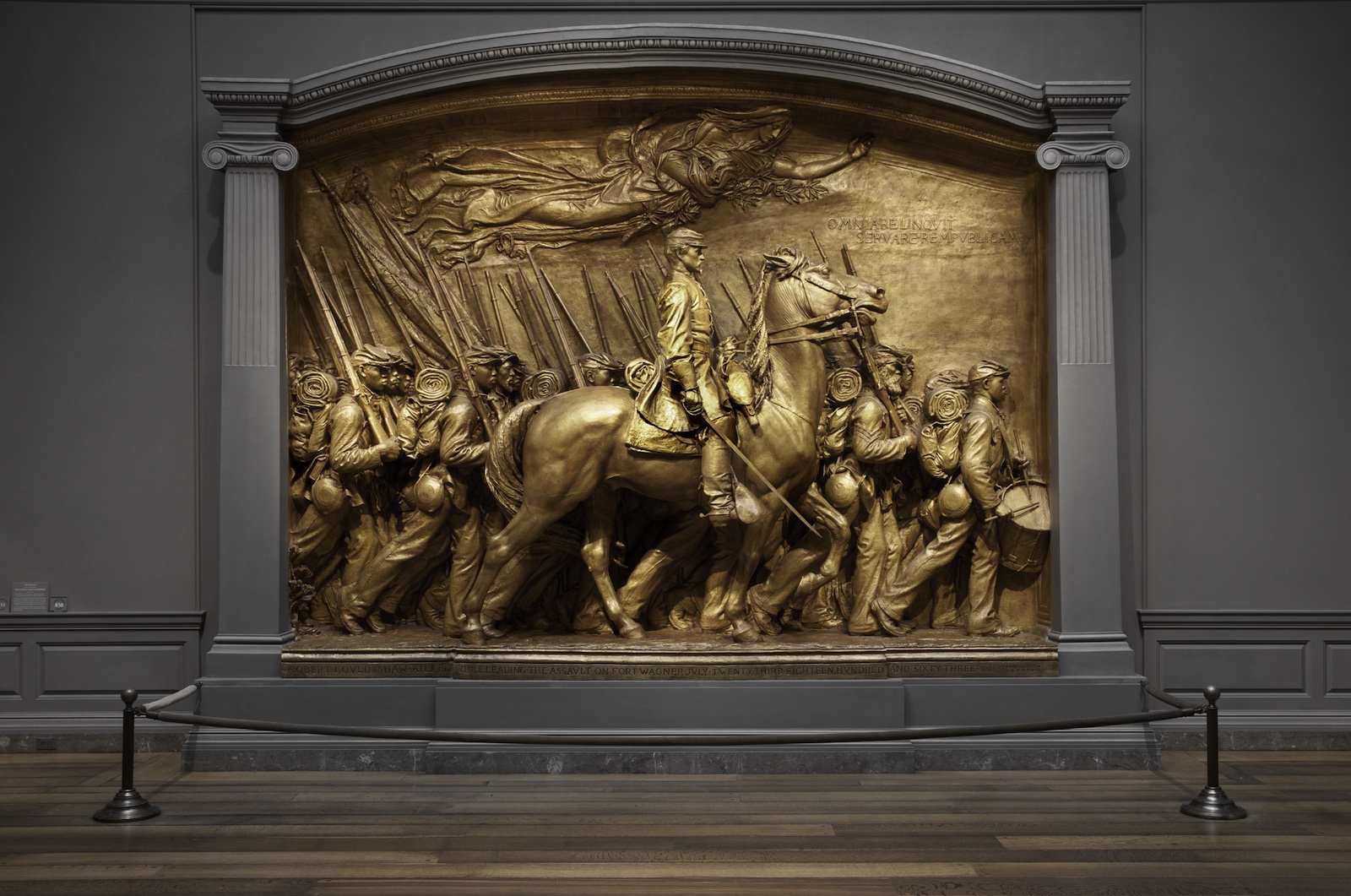The first thing you noticed in American folk artist Edward Hicks’s painting Peaceable Kingdom may have been the lion’s layered haircut or the small child petting a leopard. Hicks made some 60 paintings in which humans and animals coexist, inspired by a story from the Bible’s Book of Isaiah.
But look to the left, and you’ll notice what seems to be a meeting between Native Americans and colonists. The parallel scenes suggest that Hicks is comparing one group to the animals and the other to the humans.
The meeting in the background represents the Treaty of Shackamaxon or Great Treaty. According to legend, Lenape (or Lunaapeew) Chief Tamanend and William Penn, founder of the Province of Pennsylvania, met under an elm tree along the Delaware River. They agreed on how to divide the land, allowing the groups to live peacefully as neighbors.
Whether or not that story is true, shortly after Penn’s death in 1718, his sons executed the Walking Purchase or Walking Treaty of 1737, forcing the Lenape people off their homeland.










